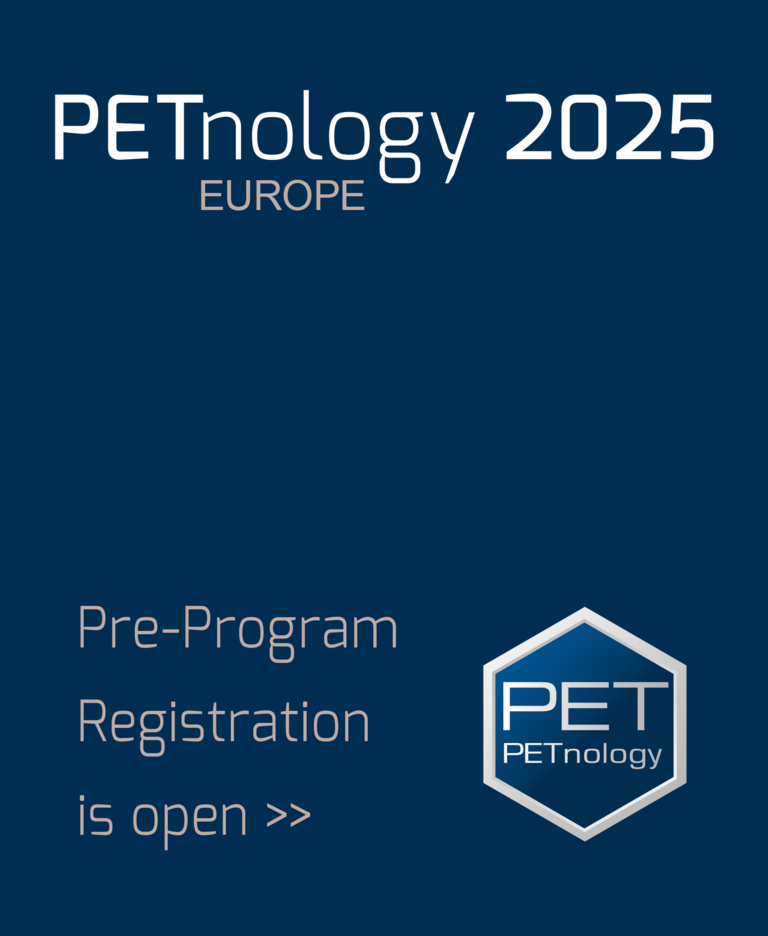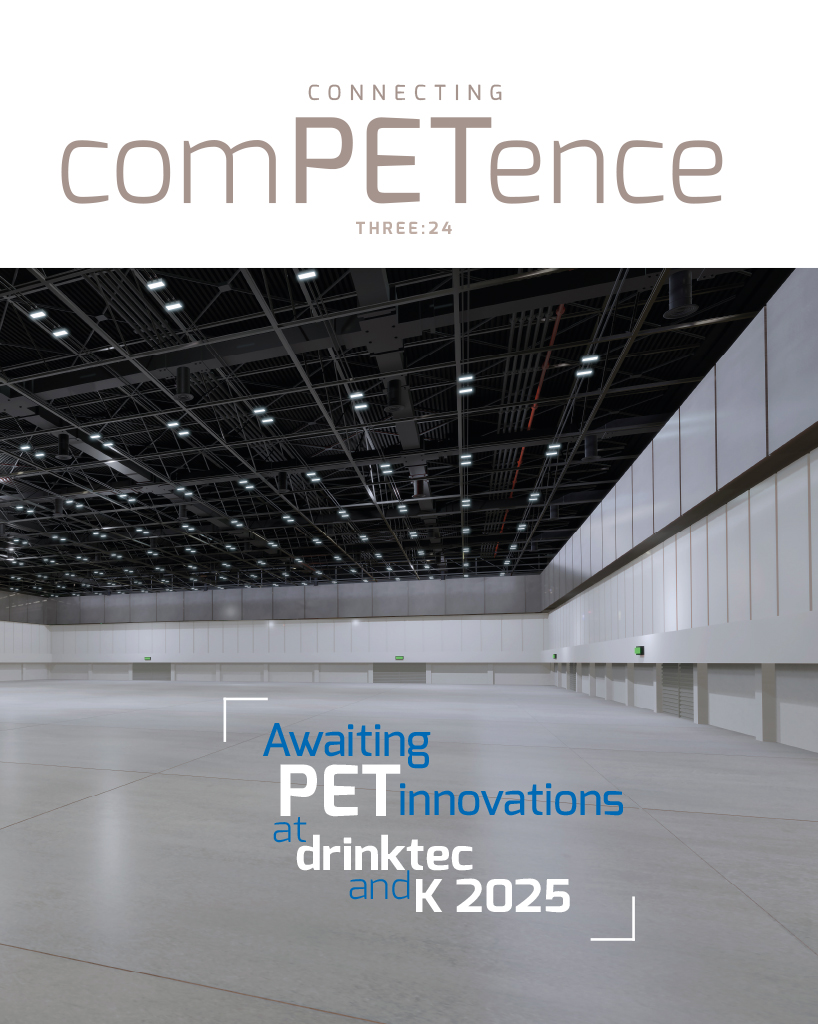1. Deep learning
Deep learning will continue to shape the recycling industry in 2025. This subset of artificial intelligence (AI) achieved significant milestones in sorting last year, such as separating food-grade and non-food-grade plastics. Deep learning is poised to tackle increasingly complex sorting tasks and expand into new segments, such as metal sorting, unlocking new levels of efficiency and sustainability in the recycling industry.
Traditional systems, which remain critical due to decades of refinement, focus on sorting by material type (NIR sensors) or color (VIS sensors). Deep learning’s value lies in object recognition using full-color cameras which recognise the types of objects based on shape, size, dimensions and more. Systems like TOMRA’s GAINnext™ use deep learning to mimic human vision and can be precisely trained to automate sorting challenges previously undertaken manually.
2. Real-time monitoring
In 2025, advanced AI and cloud technologies will be increasingly utilized for waste analysis, enhancing transparency in sorting facilities. Platforms like TOMRA Insight collect data directly from sorting systems, while tools like PolyPerception’s waste analyzer use cameras for real-time waste monitoring and classification at key sorting points.
Digital twins of sorting lines allow detailed object tracking and analysis. These systems enable operators and recyclers to make data-driven decisions to improve output quality, prevent material loss and preempt potential disruptions. The benefits include enhanced efficiency and compliance with regulatory standards.
3. European Packaging and Packaging Waste Regulation (PPWR)
The European Packaging and Packaging Waste Regulation (PPWR) will be a critical focus in 2025 due to its far-reaching impact on the industry.
With the 2030 target of 70% recyclability for all packaging looming, companies must urgently adapt to strict requirements for recyclability and robust infrastructure. The PPWR mandates that plastic packaging must contain a minimum of 10-35% recycled content by 2030 – depending on the type of plastic and its intended use – with higher targets set for 2040.






